Dzięki badaniom z dziedziny neuromarketingu i ekonomii behawioralnej jesteśmy w stanie zrozumieć sposób myślenia klientów oraz pomóc im w podjęciu decyzji, która będzie korzystna zarówno dla nich, jak i dla nas. Wskazówki te są uniwersalne – z powodzeniem można je wykorzystać również w gastronomii do budowania konkurencyjności i ulepszania oferty dla naszych gości. Poznaj więc 4 podstawowe zasady, które będą dobrym początkiem do dalszego zgłębiania tajników ekonomii i marketingu!
Ból płacenia
Robienie zakupów powoduje ból. Jakkolwiek to stwierdzenie może brzmieć zabawnie, jest ono faktem. Uczeni z uniwersytetów Stanforda i Carnegie Mellon przeprowadzili eksperyment: podłączyli do elektroencefalografu badane osoby i wręczyli im gotówkę. Zadaniem uczestników eksperymentu było kupienie wcześniej wycenionych przedmiotów. Ceny były ustalane różnie – niektóre były zdecydowanie zawyżone, część była zaniżona. Badani mogli samodzielnie zdecydować, który przedmiot kupić; mogli też zatrzymać gotówkę.
Powstałe w wyniku eksperymentu skany mózgu uczeni porównali z wcześniejszymi deklaracjami badanych na temat ich preferencji zakupowych. Okazało się, że uzyskany obraz mózgu daje tak samo dokładne informacje na temat intencji badanych jak bezpośrednie pytanie zadane im przed eksperymentem. Jeśli uczestnik przed badaniem deklarował, że chce zakupić dany przedmiot, taką samą „deklarację” później można było zobaczyć w zachowaniu jego mózgu podczas skanu.
Naukowcy doszli do jeszcze jednego wniosku – negatywne pobudzenie mózgu w kontekście zakupów i poniesienia wydatków pojawia się nie w przypadku konieczności wydania pieniędzy, ale w zależności od kontekstu zakupu. Wyjaśnia to sytuację, gdy jesteśmy w stanie wydać tysiące złotych na nowy sprzęt audio, a „wywołuje w nas ból” zakup ulubionego napoju, który podrożał o kilka złotych. Dlatego cena powinna być postrzegana przez klientów jako uczciwa. Jeśli jest wyższa od cen podobnego produktu u konkurencji, wówczas wyjaśnij, dlaczego tak jest.
Kotwiczenie
Zazwyczaj każdy z nas ma w głowie pewną „kotwicę” cen konkretnych produktów. Odpowiada za to efekt zakotwiczenia, polegający na zatrzymaniu w mózgu informacji, która później ma wpływ na nasz osąd.
Przykład: mamy zakotwiczone, że kilogram ziemniaków kosztuje 3 zł. Będąc w różnych sklepach i widząc ceny ziemniaków, będziemy odnosić swój osąd na temat atrakcyjności oferty do tych zatrzymanych w naszych głowach 3 zł. Wyższe ceny będziemy traktować jako drogi produkt; niższe zaś – jako okazję.
Drugim przykładem może być sytuacja, gdy chcemy kupić auto. Udajemy się do komisu samochodowego, widzimy Toyotę – i to taką, jaką chcieliśmy. Sprzedawca informuje nas, że kosztuje ona 20 000 zł. Jest to trochę za dużo jak na ten rocznik i przygotowany przez nas budżet, więc oglądamy inne samochody. Trafiamy na taką samą Toyotę, z tego samego rocznika. Sprzedawca informuje nas, że może nam ją sprzedać za 17 000 zł. Mając w głowie zakotwiczoną wcześniejszą wycenę, 20 000 zł, tę będziemy traktować jako prawdziwą okazję.
Kotwiczenie wykorzystywane jest na wiele sposobów. Najbardziej popularne jest przedstawienie ceny w taki sposób, że wyższa cena produktu jest przekreślana i poniżej widnieje ta niższa. Możesz napisać również, że Twój produkt lub usługa są warte X, ale z powodu promocji klient zapłaci jedynie Y.
Mistrzami w kotwiczeniu są telezakupy Mango. Prezentując świetne deski do krojenia, których oczywiście nie kupisz nigdzie indziej, informują Cię, że kosztują one 200 zł. Jeśli dokonasz zamówienia w ciągu najbliższych 15 minut, będziesz je mieć za 120 zł. Prawdziwa okazja!
Precyzyjność ceny
Niemalże w każdym sklepie możemy spotkać się z cenami nieokrągłymi, np. 4,99 zł. Istnieją badania wyjaśniające nam, dlaczego wolimy tego typu wyceny od np. 5,00 zł. I nie ma to nic wspólnego z kasjerkami, które zazwyczaj są nam winne grosik.
Chris Janiszewski i Dan Uy to profesorowie z University of Florida. W swoim eksperymencie podczas aukcji sprawdzali reakcje ludzi na ceny, dając grupom nabywców trzy różne ceny wyjściowe:
- 4988 $,
- 5000 $,
- 5012 $.
Praktycznie rzecz ujmując, te ceny są bardzo zbliżone do siebie. Zadaniem badanych było podanie przybliżonej ceny hurtowej wystawionego przedmiotu. Okazało się, że osoby z grupy nr 2 wycenili ten przedmiot znacznie niżej niż pozostali badani. Nie tylko odeszli oni od zakotwiczonej ceny, ale również podali okrągłe ceny – jak ta wyjściowa.
Wyjaśnieniem tego zjawiska jest tworzenie mentalnej miarki, która oparta jest na cenie początkowej. Jeśli uważamy, że danie w restauracji w cenie 70 zł jest za drogie, sądzimy, że mogłoby być warte 50 zł. Oznacza to, że to samo danie wycenione na 67 zł daje w naszej mentalnej miarce większą precyzję niż pełne 70 zł.
Kluczową sprawą w ustalaniu ceny jest więc unikanie okrągłej sumy, która dla klientów jest mniej precyzyjna i skłania do kwestionowania jej zasadności.
Wabiki w ofercie
Kluczowym elementem wabików jest relatywność. Nie jesteśmy dobrzy w ocenianiu wartości absolutnych; lepiej wychodzi nam porównywanie korzyści bądź wartości. Dan Ariely w swojej książce Przewidywalnie nieracjonalni powołuje się na badanie z ofertami prenumeraty magazynu „The Economist”. Uczestnicy eksperymentu zostali podzieleni na dwie grupy, które dostały jedną z ofert prenumeraty:
A.
- 59 $ – prenumerata online
- 125 $ – prenumerata online oraz w wersji drukowanej
Oferta numer 1 została wybrana przez 68 badanych, a druga – przez 32 osoby. Przewidywany dochód z tej akcji marketingowej wyniósł 8 012 $.
B.
- 59 $ – prenumerata online
- 125 $ – prenumerata tylko w wersji drukowanej
- 125 $ – prenumerata online i w wersji drukowanej
Pierwszy rodzaj prenumeraty wybrało 16 osób, na drugi nikt się nie zdecydował, a na trzeci zdecydowały się 84 osoby. Przewidywany dochód: 11 444 $.
Co tu zaszło? Obie oferty są niemal identyczne z jedną różnicą – do opcji B została dodana możliwość wyboru magazynu tylko w wersji drukowanej. Mimo że nikt nie wybrał tego rodzaju prenumeraty, miała ona zasadnicze znaczenie. Była przynętą, dzięki której czytelnicy uznali, że wersja nr 3 jest bardziej atrakcyjna i to właśnie ją wybrali – zgodnie z intencjami marki.
Podobny rodzaj wabika wykorzystywany jest także w gastronomii. Dla przykładu: gość ma wybrać napój; do wyboru ma mały, średni oraz duży. Różnica cenowa między średnim a dużym jest zazwyczaj kosmetyczna, dlatego konsumenci decydują się na ten największy.
Niezależnie od tego, jakie strategie wybierzemy i będziemy stosować, nie zapominajmy o uczciwości. Klienci/goście od razu wyczują, że dane miejsce chce tylko na nich zarobić, nie dając im nic w zamian. W takim przypadku lokal nie ma szans na powodzenie i rozwój.

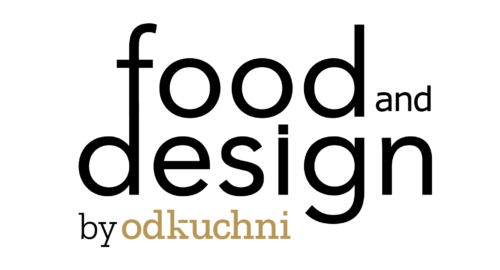
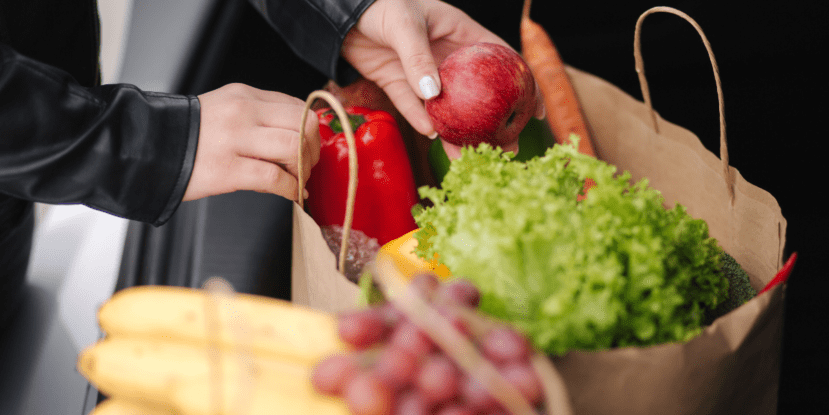
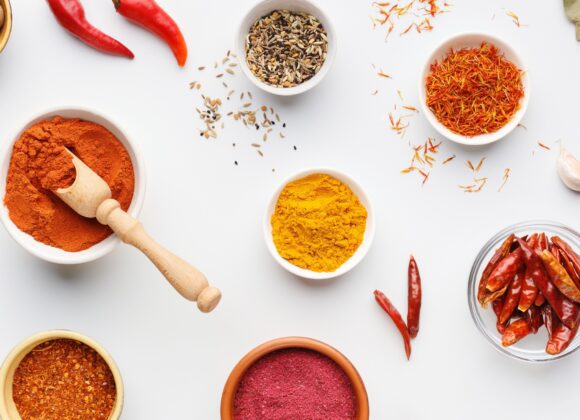
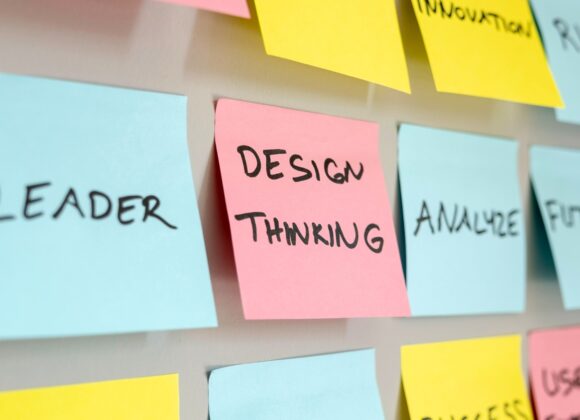
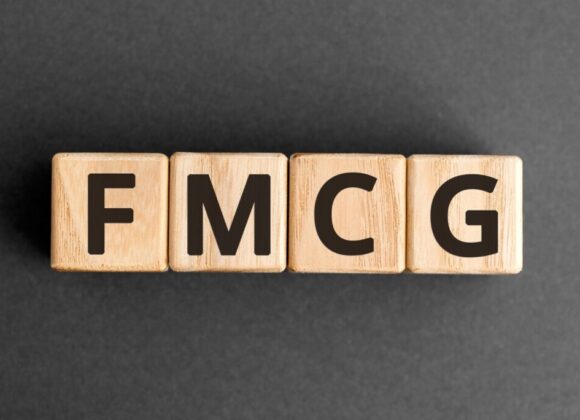
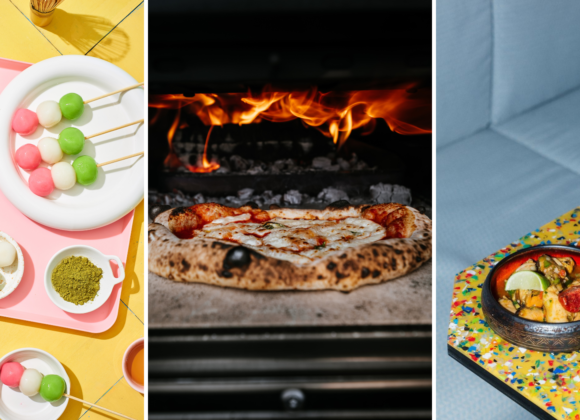
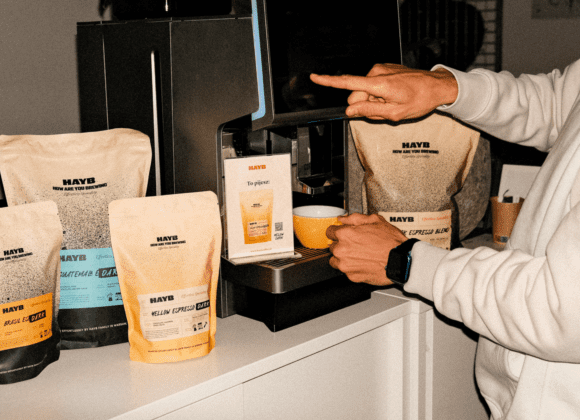
![Guest experience i pojęcie hospitality okiem eksperta: Antoine Azaïs [wywiad] FOOD AND DESIGN - zdjęcia do artykułów (12)](https://foodanddesign.pl/wp-content/uploads/2024/05/FOOD-AND-DESIGN-zdjecia-do-artykulow-12-580x420.png)


 Młodszy specjalista ds. komunikacji marketingowej i PR.
Młodszy specjalista ds. komunikacji marketingowej i PR.


 Absolwent Uniwersytetu Warszawskiego oraz Szkoły Głównej Gospodarstwa Wiejskiego. W branży HoReCa od ponad 10 lat. Przez lata związany z Grupą Trip, Sobienie Królewskie Golf and Country Club oraz restauracją Florentin w Warszawe.
Absolwent Uniwersytetu Warszawskiego oraz Szkoły Głównej Gospodarstwa Wiejskiego. W branży HoReCa od ponad 10 lat. Przez lata związany z Grupą Trip, Sobienie Królewskie Golf and Country Club oraz restauracją Florentin w Warszawe. Absolwentka Wydziału Architektury Politechniki Warszawskiej na kierunku Architecture for Society of Knowledge oraz Komunikacji Wizualnej na Politecnico di Milano. Specjalistka od budowania nastroju. Doświadczenie zdobywała w kraju i zagranicą podczas licznych warsztatów międzynarodowych (Sevilla, Lizbona, Florencja), stypendium na La Sapienza (Rzym) oraz pracując m.in. w Carmi e Ubertis i ADM Milano.
Absolwentka Wydziału Architektury Politechniki Warszawskiej na kierunku Architecture for Society of Knowledge oraz Komunikacji Wizualnej na Politecnico di Milano. Specjalistka od budowania nastroju. Doświadczenie zdobywała w kraju i zagranicą podczas licznych warsztatów międzynarodowych (Sevilla, Lizbona, Florencja), stypendium na La Sapienza (Rzym) oraz pracując m.in. w Carmi e Ubertis i ADM Milano.








 Menedżer z wieloletnim doświadczeniem w branżach kosmetycznej, spożywczej, dziecięcej. W trakcie swojej kariery związany z firmami takimi jak: L’Oreal, Samsung, Danone-Nutricia, Unilever. W ciągu swojego życia zawodowego odpowiadał między innymi za rozwój sprzedaży i contentu eCommerce w Polsce i krajach Europy Środkowo-Wschodniej.
Menedżer z wieloletnim doświadczeniem w branżach kosmetycznej, spożywczej, dziecięcej. W trakcie swojej kariery związany z firmami takimi jak: L’Oreal, Samsung, Danone-Nutricia, Unilever. W ciągu swojego życia zawodowego odpowiadał między innymi za rozwój sprzedaży i contentu eCommerce w Polsce i krajach Europy Środkowo-Wschodniej. 

























































